The Wels catfish or Sheatfish (Silurus glanis) was originally widespread from Eastern Europe to Central Asia, but was artificially introduced by humans as a food fish over large regions. It is one of the largest freshwater fish in the world. The current records that are reported speak of animals up to 3 meters long and then weighing 150 to 250 kg. To our knowledge, the largest catfish ever mentioned in scientific literature (Kessler, K. T. (1856): Zur Ichthyologie des südwestlichen Russlands. Bulletin de la Société Impériale des Naturalistes de Moscou v. 29 (pt 1): 335-393.) came from the river Dnieper near Kremenchug, was 4.875 m long and weighed about 295 kg.
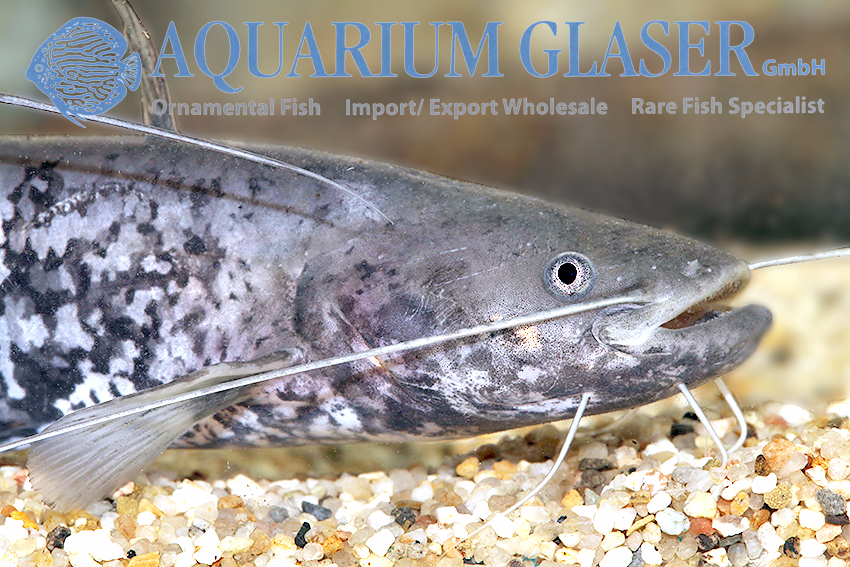
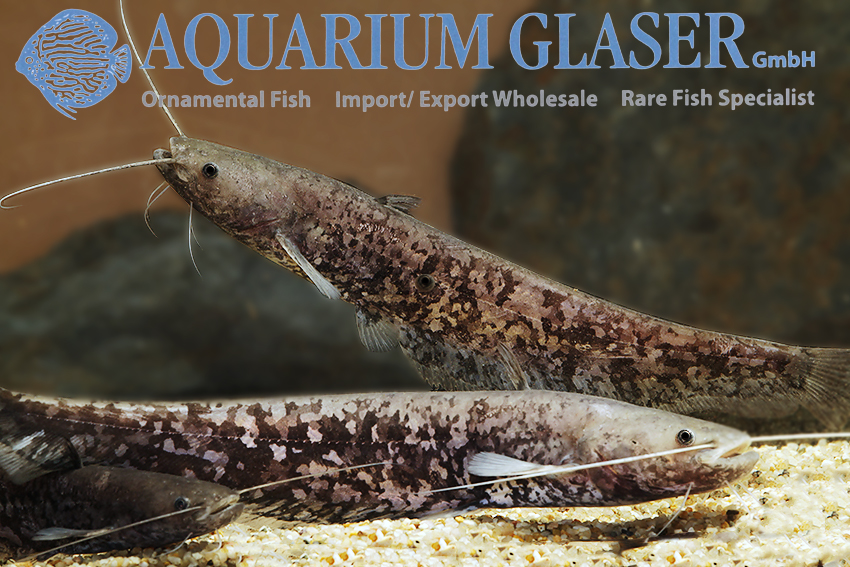
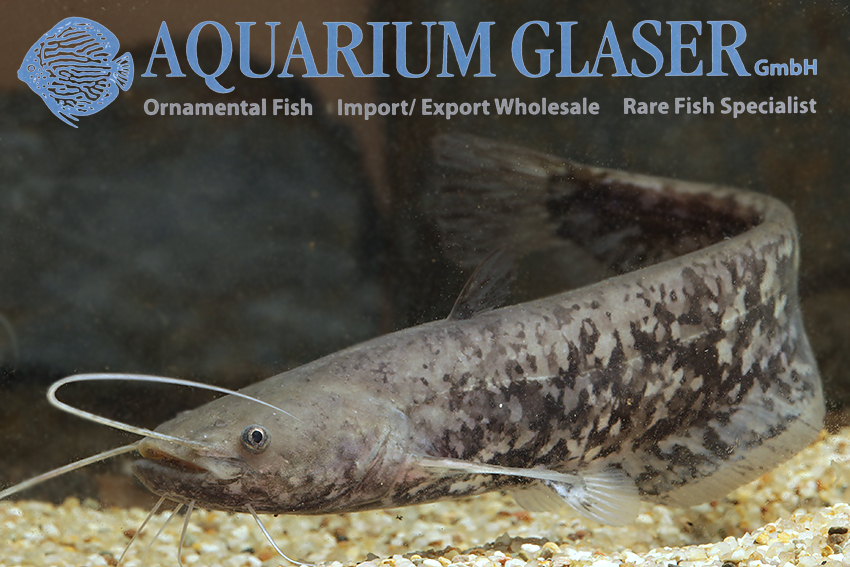
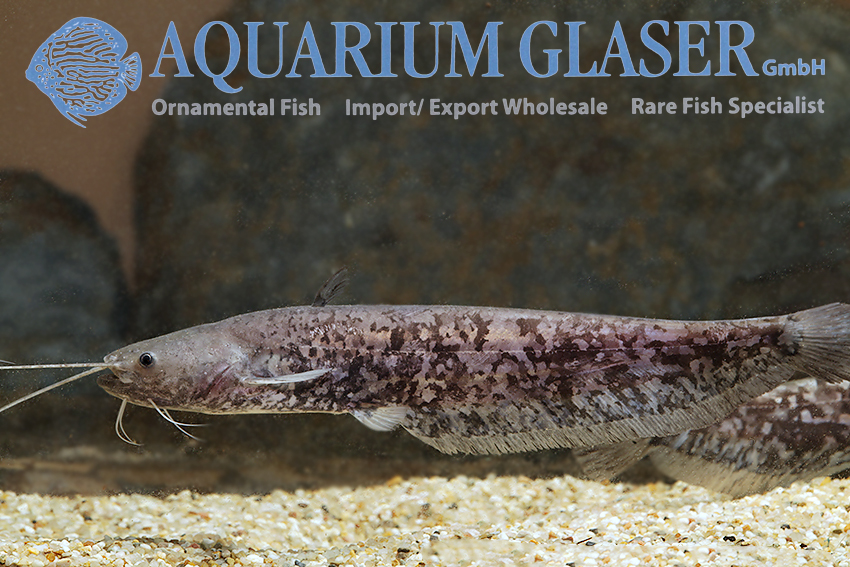
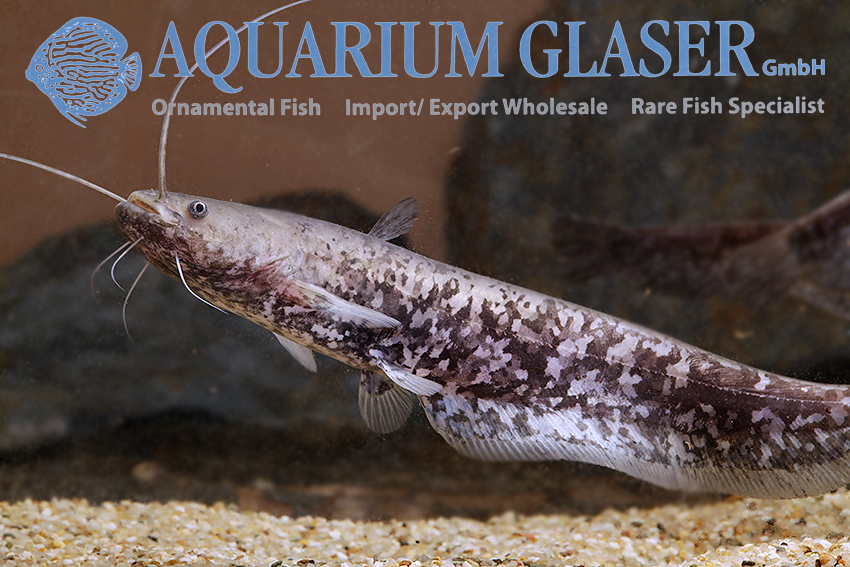
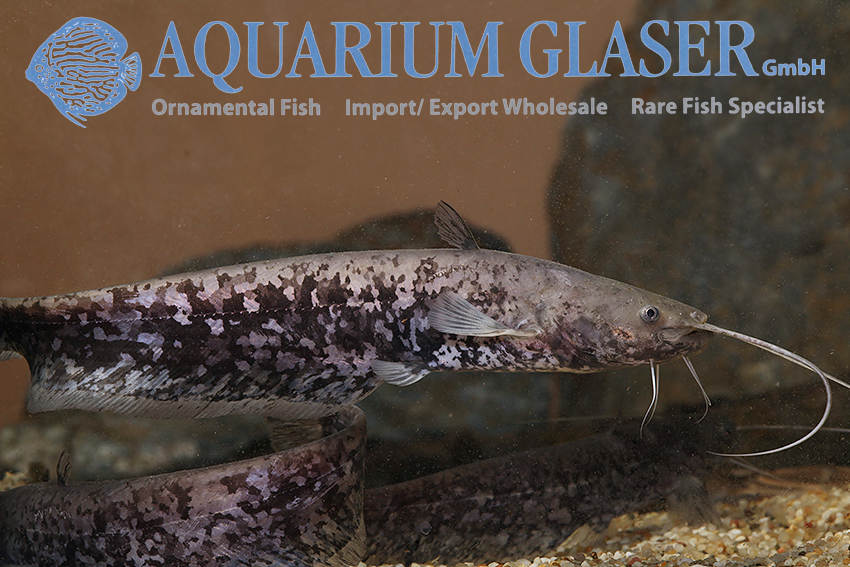
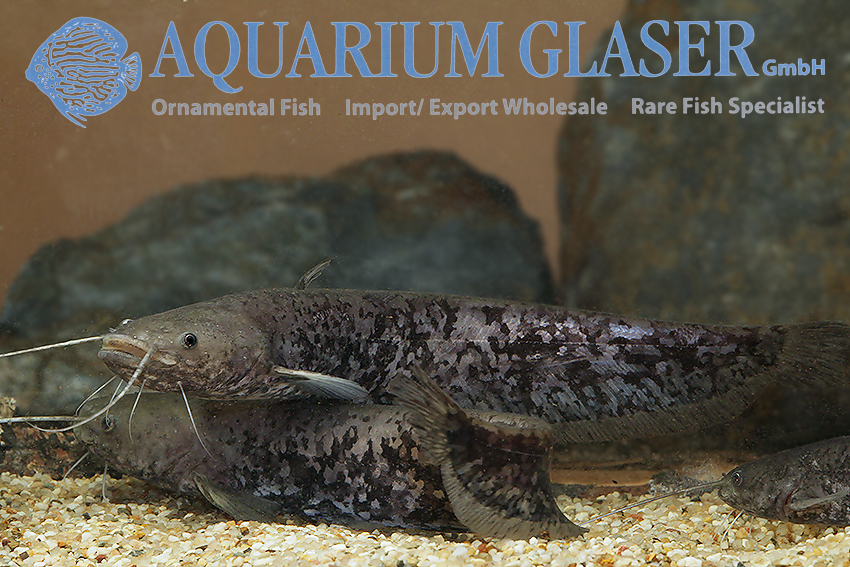
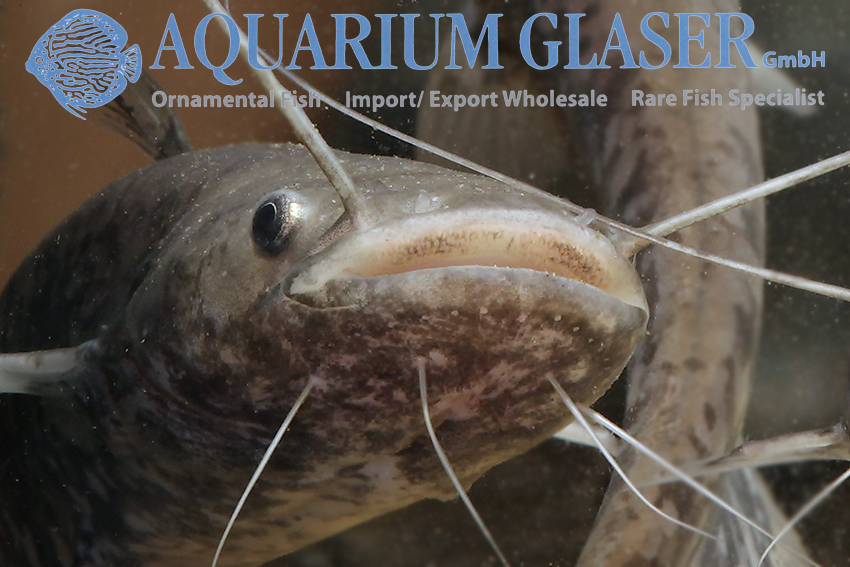
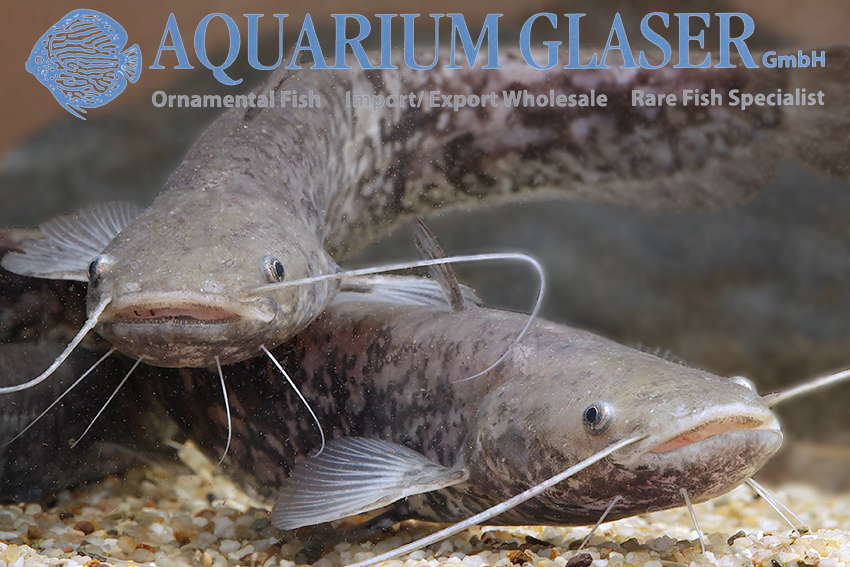
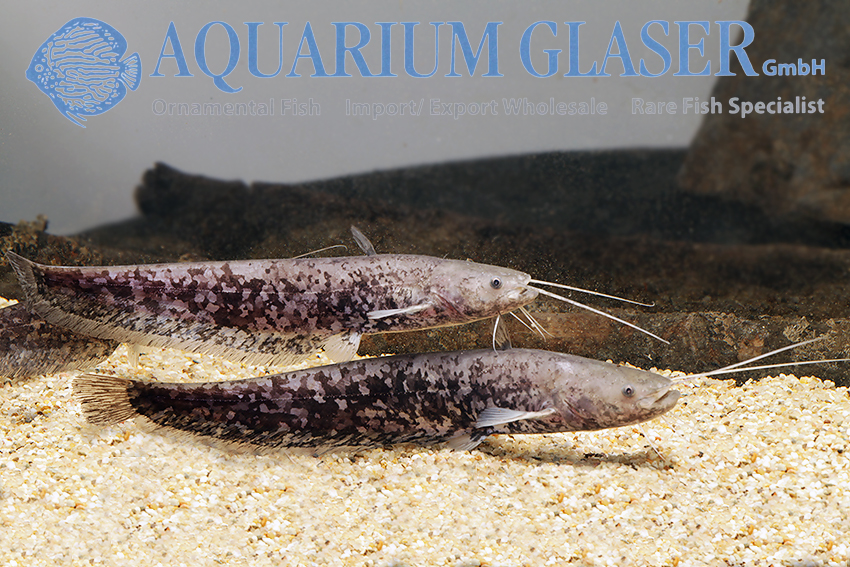
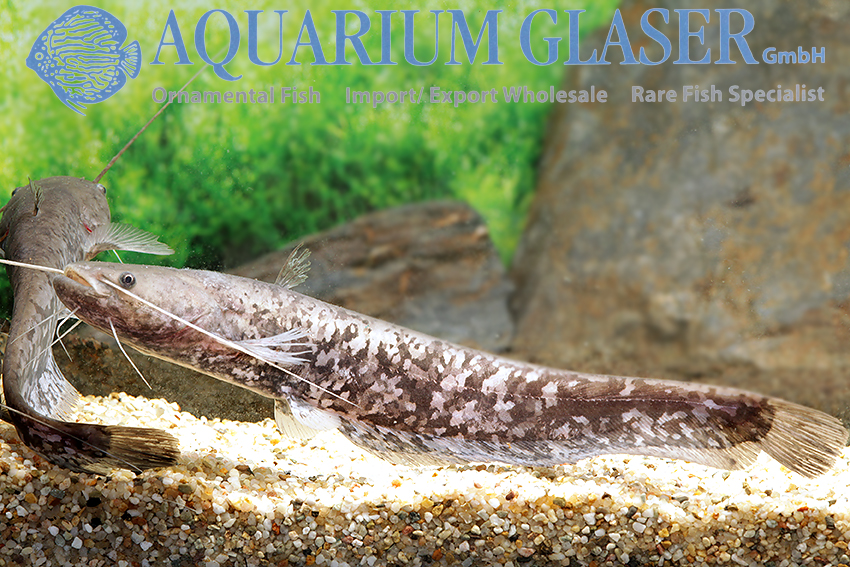
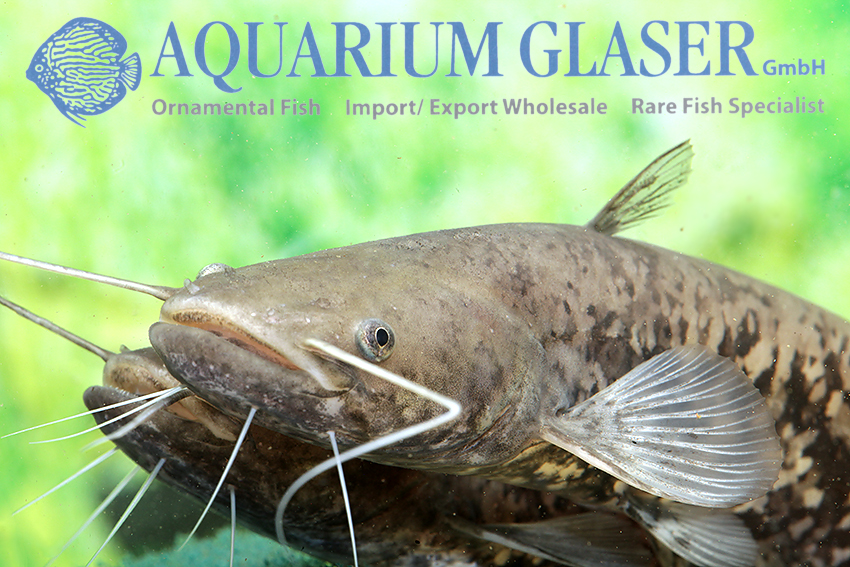
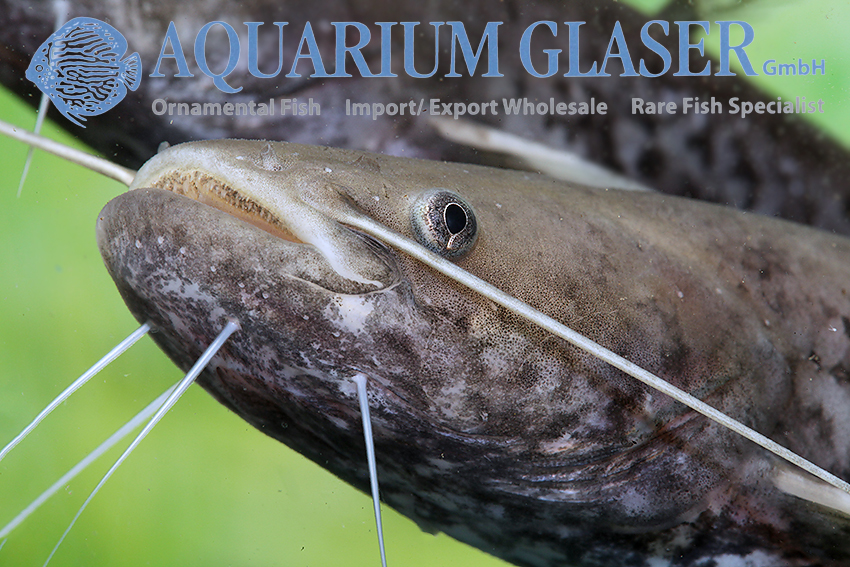
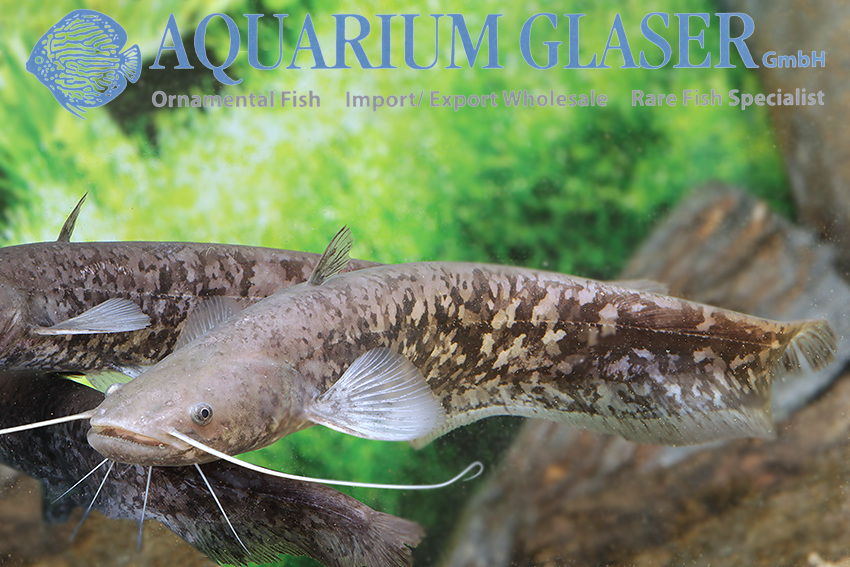
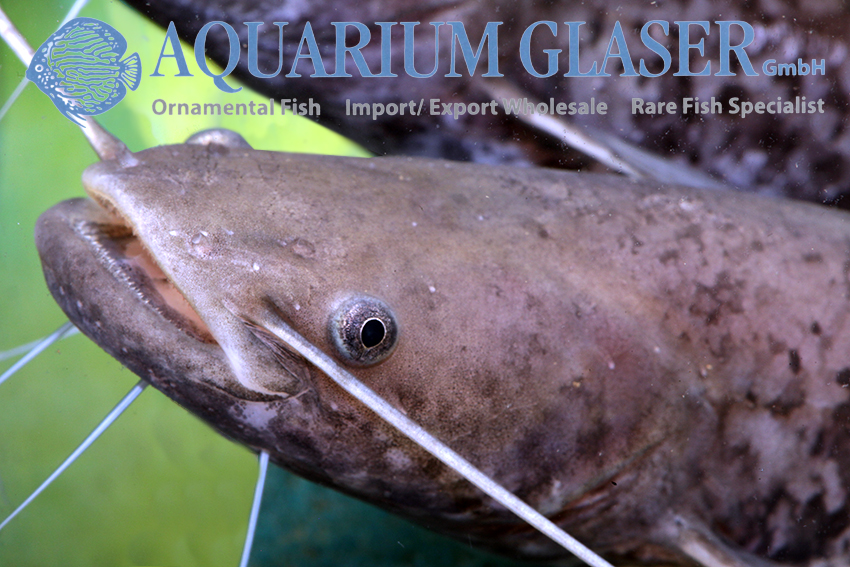
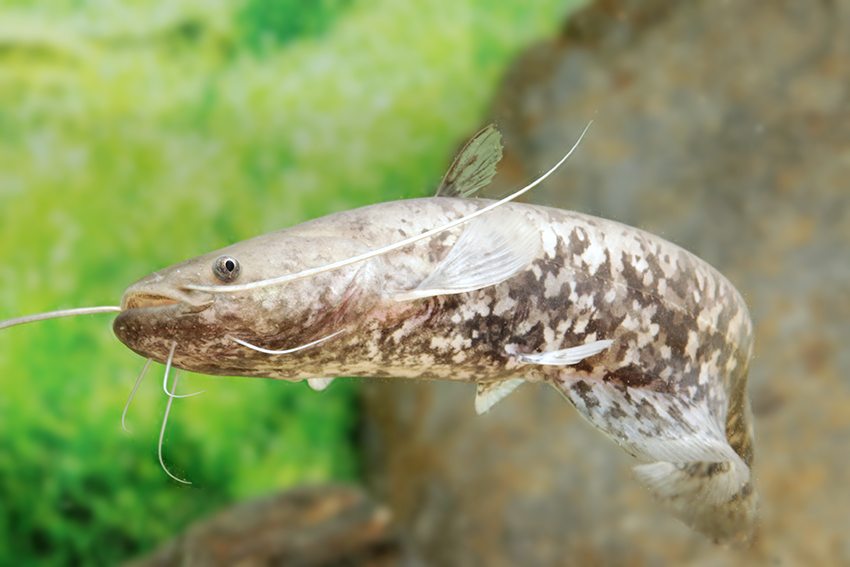
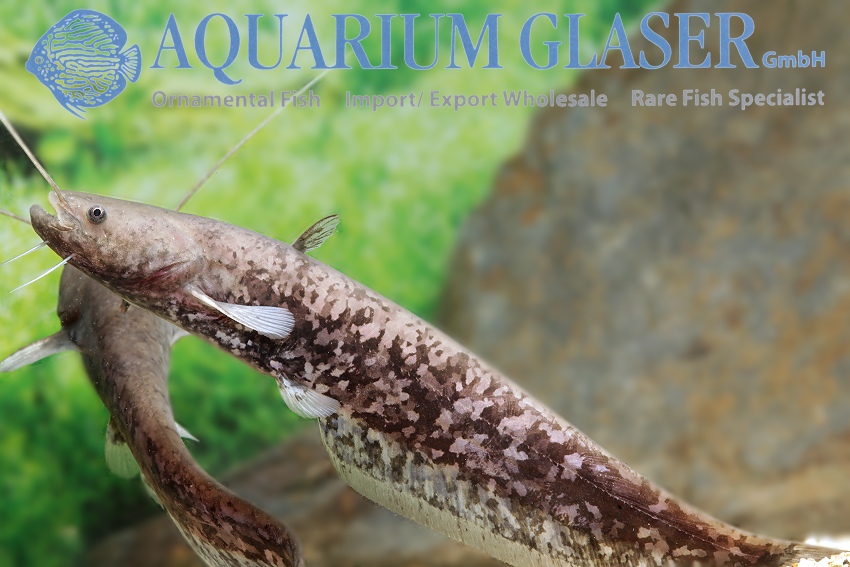
Of course, most Wels catfish remain smaller throughout their lives; nevertheless, the animals are wonderful showpieces for display aquariums or ponds. All commercially available catfish are bred. In the wild, the males breed and guard the numerous spawn (up to 20,000 eggs per kg live weight of the female) and the young, which resemble tadpoles.
Sheatfish are predatory fish; juveniles eat frozen and live food of all kinds, even granules are readily accepted. Larger animals eat fish and amphibians, adult Wels catfish also prey on water fowl, rats etc..
Wels catfish are completely hardy. However, it is interesting to note that the physiological optimum temperature of these animals, which are often referred to as “cold-water fish”, is 25-27°C. In this respect, the temporary care of young fish in indoor aquariums is not a problem at all; the fish do not need aquarium cooling. In this context, we would like to point out that it is strictly forbidden to release aquarium fish (including native species!) that you no longer want (e.g. because they have grown too large) into the wild, as this can cause considerable damage.
For our customers: the fish has code 881004 on our stock list. Please note that we only supply the wholesale trade.
Text & photos: Frank Schäfer




